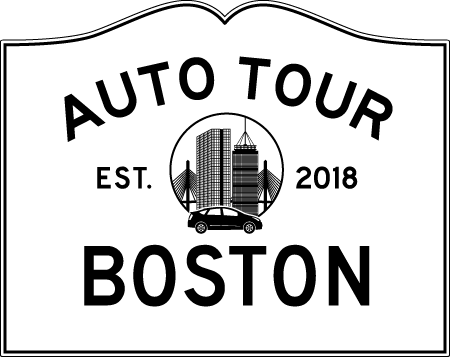Existing Guidebooks and Tours: Not Focused On Tourism From a Car
There is another purpose to this blog other than chatting about my Uber/Lyft career. The hope is that the info posted here over time will become a unique guidebook that can be useful to tourists, students, business travelers or locals. I hope this guide can help those who happen to be moving around the area in a car and who are looking for useful information on their journey through the land of the bean and cod. Hell, it may even give the Cabots and the Lodges a new perspective on Beacon Hill.
There are lots of guidebooks for Boston. Here is a big list from Amazon. And a bigger list of book covers from Google Images. I’ve read through a couple of the old standbys: Fodor, Lonely Planet, Moon, et al. And I’ve read through some historical tour books as well. They are interesting and useful, filled with a host of facts, figures, quirky businesses, restaurants for Brahmin and plebeian, upscale and budget travel advice. They typically include a lot of history and urban theory involved with the architectural styles of downtown buildings.
But one thing became clear to me: most guidebooks presume that the traveler/tourist will be moving around on foot or perhaps by tour bus/trolley. Some will have their own cars, but it isn’t usually assumed. And whereas the trolleys do move people around on wheels, they are mainly focused on shuttling folks between the historical sites and buildings of the downtown area.
In Boston, one of the key things for a tourist to do/see is a walk on the Freedom Trail, the 2.5-mile cluster of important Revolutionary-era sites. You can also tour these sites by various vehicular tours such as the Duck Boat tour or the Old Town Trolley. Preparing for this, and then actually doing it, are ideally suited for those in town for a day or two and have a few hours to spare.
Yet, with all the discoveries I’ve made driving through the greater Boston area, I’ve learned there are lots of other interesting things to see if you can navigate your way by car. Places that go beyond just historic or cultural sites. I’ve found interesting markets, quirky businesses, a large number of bad intersections and bad rotaries. And beautiful, hidden neighborhoods.
But wait! The modern day Puritans, aka “the purists”, will protest. "Boston is a town that *should* be appreciated only on foot!"
I do not quarrel with these good people. I'm simply offering another choice. A lot of interesting things can be found outside the well-beaten paths of the downtown area. Seeing them by car offers convenience and comfort. You can drive yourself at your own pace, rent a Zipcar, or do it all by Uber or Lyft.
What complicates things, of course--as many a Boston driver can attest--is that navigating the streets of Boston can often be a painful, stressful, and potentially dangerous pursuit. Simply understanding how to get from town A to town B out in the suburbs is also a formidable, geo-navigational task that would confound Magellan himself.
How did those Pilgrims find their way off the rock? If the King Phillips War could find its way into the suburbs, surely and auto tour can too.
I've been living in Boston for 14 years. It took me a good five years before I felt I understood how my own community, Waltham, was connected by roads to other communities, to say nothing about how the highways and street systems in the entire area worked. It took me another nine years, including several of those driving everywhere for Uber/Lyft, to feel confident about navigating the entire Greater Boston road system.
This learning curve has encompassed getting around the easy way, using big highways such as 128 and I-495, the outer-belt highway, as well by traversing around by local roads. Yet, I will also admit to having the benefit of GPS which has done much of the work in training me to navigate new and unfamiliar terrain.
I used to say jokingly I've driven through almost every neighborhood within the I-495 belt --except Malden. But last year I spent almost the whole day there and in neighboring Melrose giving rides. If you drive full-time for Uber in Boston, you will inevitably find yourself going to or coming from almost every city and town in the region.
That’s s why I decided to write all this down. To turn it into a new kind of guidebook. To help me understand the area. And to create an auto tour to help others.


